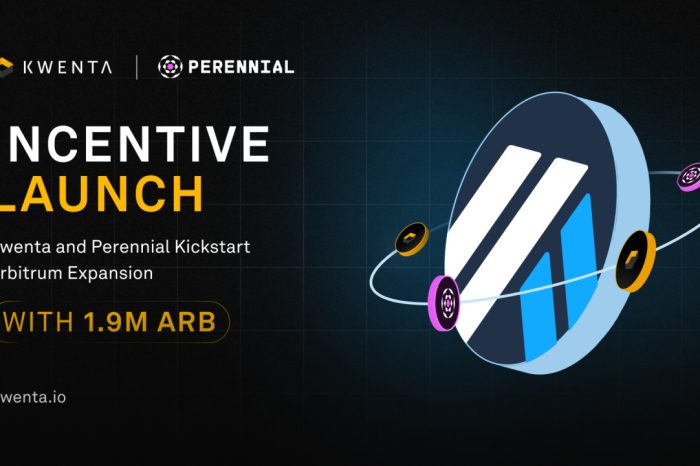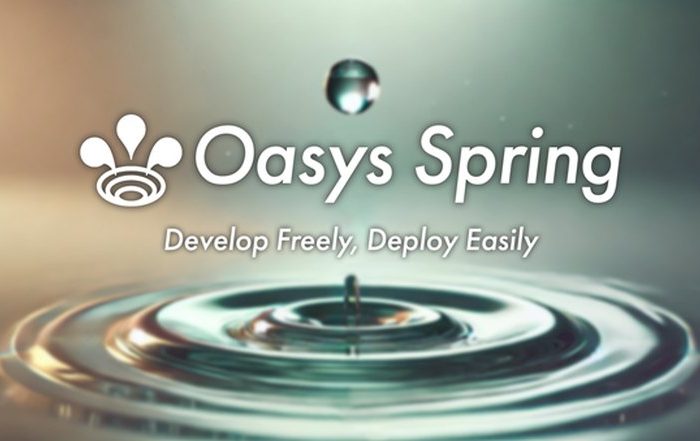ING Direct (Canada), Tesco Personal Finance (UK), The One Account (UK), IYBank (Japan), Citizens Bank of Canada (Canada), Banque Directe (France), President’s Choice Financial (Canada), Inteligo (Poland), and Egg (UK).
Today, direct banking is gaining ground in the financial services market with a vengeance. Banks while going direct should provide customers with the supreme banking experience according to their necessities, consistently across are direct channels be it phone, net, ATM or mobile.
While the right product offering gives banks the platform for direct banking success, a wrong product proposition can harm its plans to go direct. Using a direct banking platform, even this risk can be declined by letting the customer choose his banking mix. Is the product complex to sell? This level of product complexity usually lends itself to multiple distribution channels, including direct and mass market channels, which provide great distribution breadth, but minimal support. If you’re selling an Enterprise Software Product into a narrow niche, with an average deal size of $2M, you’re probably going to end up selling the product direct.
For products that fit into the $9.95-$995.00 range, a multi-channel marketing and distribution model may once again be your best bet. Products in this price range usually are very standard or have user-customizable features, and lend themselves to “sales-intensive” distribution channels, rather than support intensive. The reason for this is that high priced products typically have small focused markets, so it’s pretty simple to get your marketing message to the customer. The simplest promotion strategy is what I call “Door to Door marketing.” Door to Door marketing means relying on the sales force exclusively to promote your product—with little or no investment in marketing programs. If you’re promoting in many different places, that may drive demand in a variety of different channels. If it’s a new market, channels might develop later. But in most cases, selling direct initially, either solely or in conjunction with channels, is highly advisable. There is no channel in the world that will be able to figure out how to sell a product-that the company itself hasn’t figure out how to sell itself. No one sells your product like you do. So if your prime prospect is a direct buyer, sell direct.










